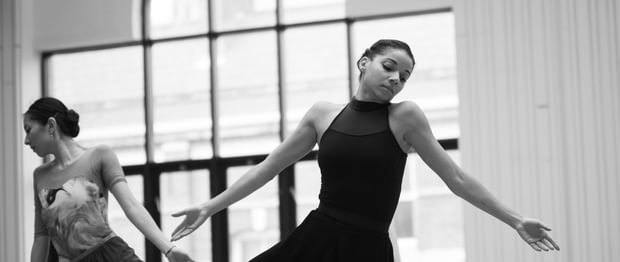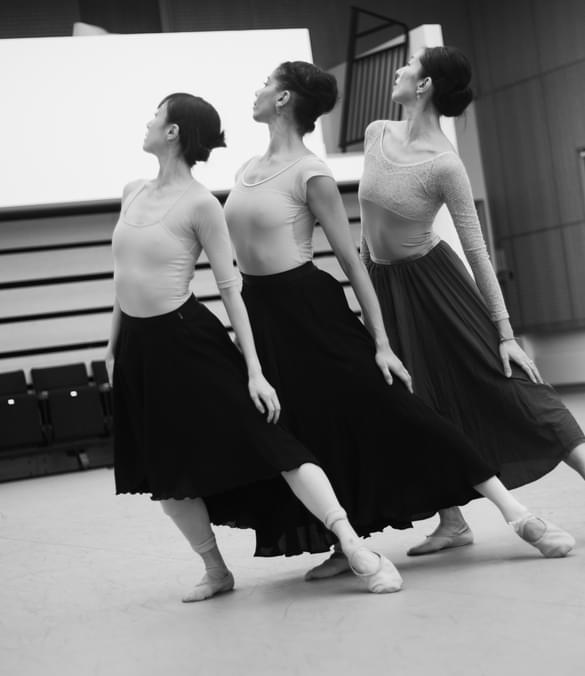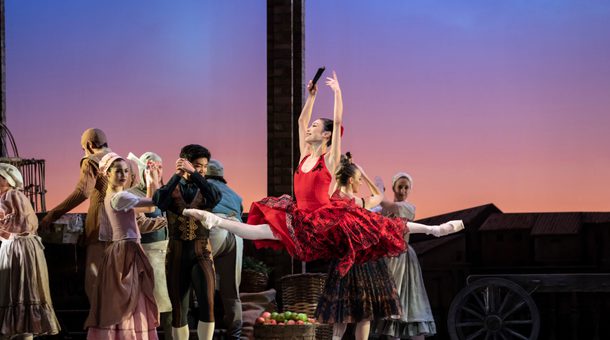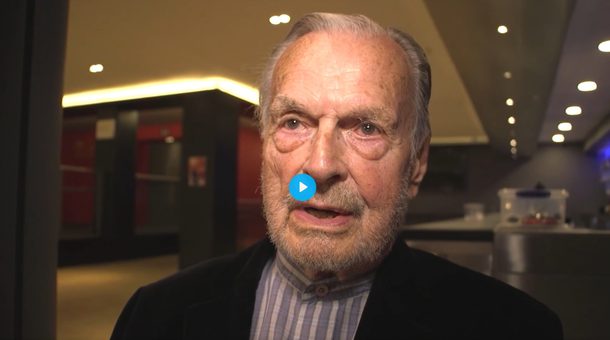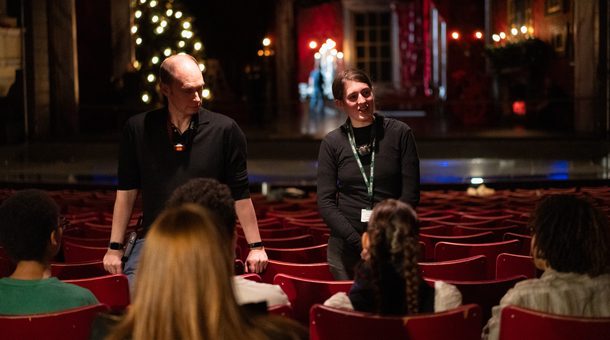News Story
Conductor Thomas Jung explores Benjamin Britten’s deeply moving Sinfonia da Requiem, the music behind Jiří Kylián’s Forgotten Land.
‘In September 1939, shortly after the outbreak of World War II, the government of Japan commissioned new works from several composers to celebrate a major anniversary: 2,600 years of the ruling dynasty of the Japanese emperor, Hirohito. One of those composers was Benjamin Britten, and he delivered a piece that didn't live up to expectations at all. No trace of majestic splendour. Instead, gestures of mourning and lamentation,’ explains Thomas Jung, who will conduct the striking and stunningly powerful Sinfonia da Requiem as part of Birmingham Royal Ballet’s Into the Music triple bill in Birmingham and London this autumn.
A powerful musical statement against warThomas Jung
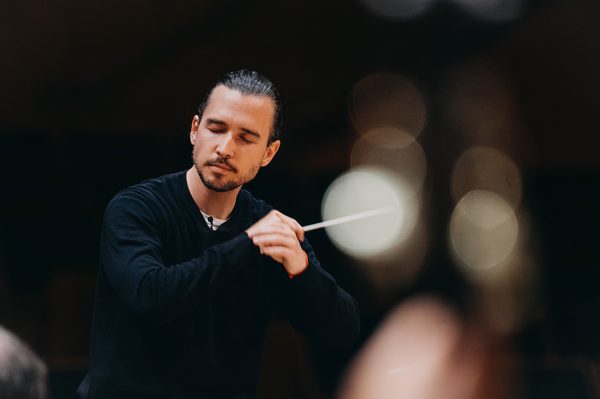
Britten was an odd choice for the commission to say the least. A dedicated pacifist, he had recently settled in the United States, forsaking his native Britain because of its involvement in the war in Europe. He could hardly have been sympathetic either to Japan’s already three-year-old war with China or Japan’s alliance with Germany. Yet Britten accepted the commission.
Describing the melancholy tone of the piece, Jung says, ‘Right at the beginning you hear a bombshell of timpani and brass as a prelude. After that, calm returns. But a calm of doom, like on the battlefield after the last explosion. The clouds of smoke are gradually withdrawing. Basses and cellos spread a dark atmosphere. It doesn't sound joyful or even triumphant, quite the opposite.’
The Japanese were not only disappointed by what they received, but deeply offended. It was announced in Japan that Britten’s score had arrived too late for inclusion in the festivities. Japan evidently was still pursuing the path of diplomacy – in its relations with Great Britain, at any rate. By the end of 1940 the composer had arranged for the first performance of Sinfonia da Requiem to take place at Carnegie Hall the following March.
Jung continues, ‘It finally premiered in New York in 1941, and was Benjamin Britten's first major orchestral work. And even here his handwriting is clearly evident. The then 27-year-old composer is clearly committed to tradition; some passages are reminiscent of Shostakovich and even Brahms’ first symphony, and at the same time he finds his very own language. Britten orchestrates masterfully and achieves captivating colour effects with the wide range of the orchestra, like the contrast between the low and high registers of the wind instruments, which he mixes with harp and piano.’
Image gallery
A gallery slider
A gallery carousel of 6 items
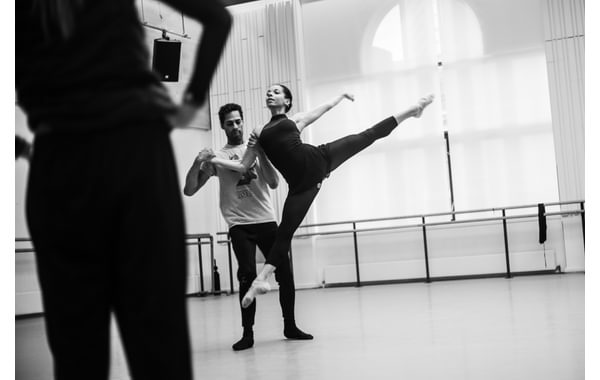
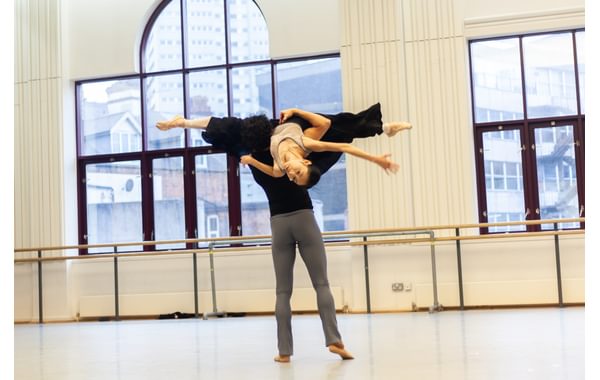
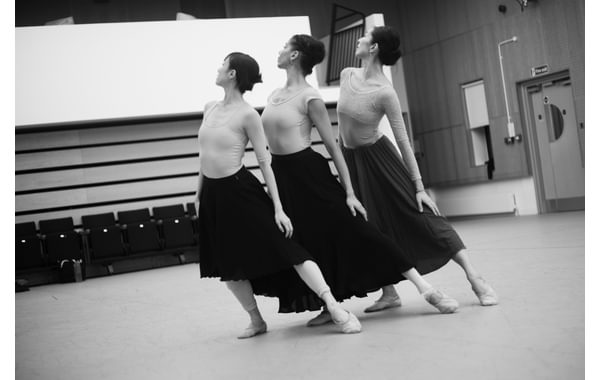
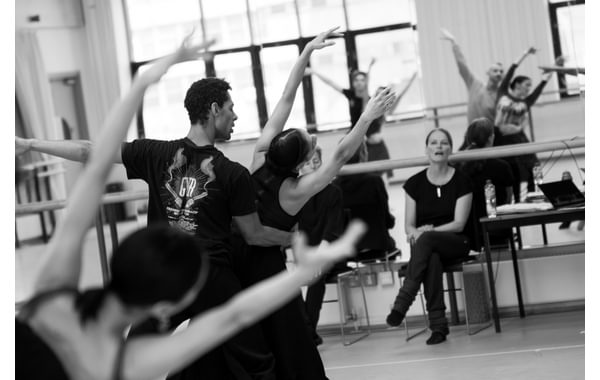
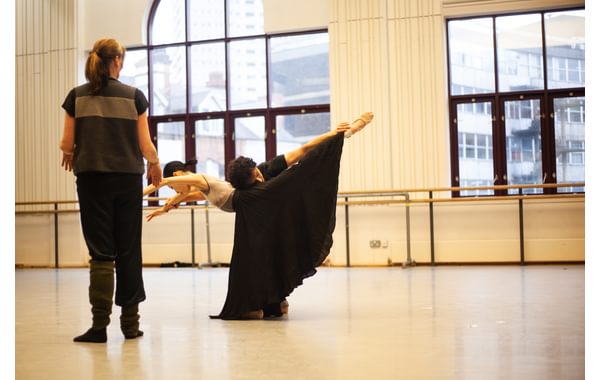
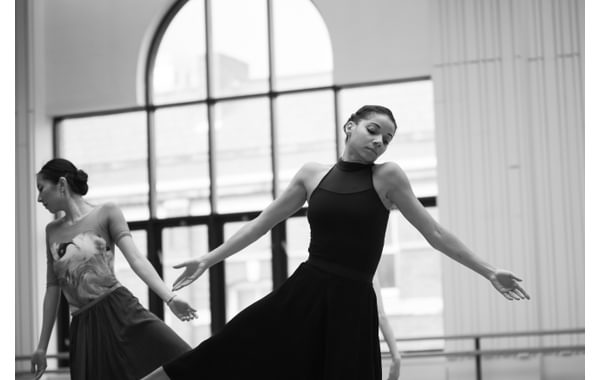
Thomas Jung shares his thoughts on Sinfonia da Requiem:
I. Lacrymosa – Latin for ‘weeping’, Benjamin Britten left no doubt as to the message of the piece when naming the first movement. It is an orchestral funeral mass, a musical statement by the convinced pacifist Britten against war. Even without lyrics, the music in the Lacrymosa is reminiscent of a kind of prayer – for example, when the slowly swaying lament motif of the strings is taken up by the wind instruments and repeated again and again by various groups of the orchestra, like a lament. The sound of the saxophone that soon creeps into the texture symbolises the arrival of death. The saxophone plays an important role in the first and second movement. After a painful climax, the music languishes, but finds no release, at least not yet.
II. Dies irae – The name of the second movement translates to ‘Day of Wrath’. In his own words, Britten created it as a kind of ‘dance of death’, driven by a tremulous motif. The second movement requires razor-sharp precision and unbelievable intensity from every musician in the orchestra. It ends with utter devastation leaving only fragments of the music; it’s as if you hear shards of glass flying around.
III. Requiem aeternam – The picture changes with the third movement of Sinfonia da Requiem. Its name translates as ‘Eternal Tranquillity’ and spreads a peaceful mood, carried by harp, solo strings and soft brass colours. After the sombre beginning of the symphony, which seems to draw the listener down into the darkness, and after the ghostly dance of the Dies Irae, a faint hope appears in the finale: the hope of comfort and a better life after death. Having started in the key of D minor, the piece ends in D major with the sound of only two clarinets hanging in the air like a waft of hope.
